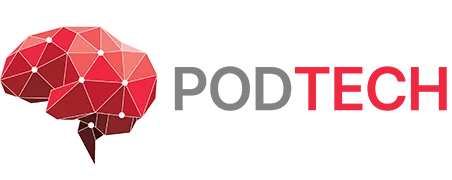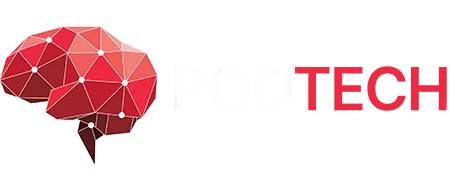Agile Software Development: Principles, Patterns, and Practices
In the ever-evolving world of software development, Agile methodologies have become a cornerstone for delivering high-quality products efficiently and adaptively. This article explores the essential principles, patterns, and practices that define Agile software development, providing a comprehensive guide for developers and project managers alike.
Understanding Agile Software Development
Agile software development is an iterative approach that emphasizes flexibility, collaboration, and customer satisfaction. Unlike traditional waterfall models, Agile methodologies focus on continuous improvement, allowing teams to adapt to changes quickly and deliver functional software incrementally.
Core Principles of Agile
The Agile Manifesto, created in 2001, outlines four core values and twelve principles that form the foundation of Agile methodologies:
- Individuals and interactions over processes and tools: Emphasizes the importance of collaboration and communication among team members.
- Working software over comprehensive documentation: Prioritizes delivering functional software over extensive documentation.
- Customer collaboration over contract negotiation: Encourages ongoing customer involvement and feedback throughout the development process.
- Responding to change over following a plan: Promotes flexibility and adaptability to changing requirements.
Key Patterns in Agile Development
Patterns in Agile development refer to recurring solutions that address common problems within a given context. Here are some key patterns that Agile teams often utilize:
User Stories
User stories are short, simple descriptions of a feature from the perspective of the end user. They help teams understand the user’s needs and prioritize features accordingly. A typical user story follows the format: “As a [user], I want [feature] so that [benefit].”
Test-Driven Development (TDD)
TDD is a practice where developers write automated test cases before writing the code to implement a feature. This ensures that the software is continuously tested and verified, reducing the likelihood of defects.
Continuous Integration and Continuous Delivery (CI/CD)
CI/CD practices involve automatically integrating code changes and delivering them to production frequently. This approach minimizes integration issues and allows for rapid feedback and deployment.
Pair Programming
Pair programming involves two developers working together at one workstation. One writes the code while the other reviews it in real-time. This practice enhances code quality and knowledge sharing among team members.
Best Practices for Implementing Agile
Successfully adopting Agile methodologies requires a commitment to continuous improvement and a willingness to embrace change. Here are some best practices to consider:
Embrace an Agile Mindset
Agile is not just a set of processes but a mindset that values collaboration, flexibility, and customer satisfaction. Encourage your team to adopt these values and apply them to their work.
Invest in Agile Training
Proper training is essential for teams new to Agile. Invest in training programs and resources to ensure that everyone understands the principles and practices of Agile development.
Use Agile Tools
Utilize tools like Jira, Trello, or Asana to manage tasks, track progress, and facilitate communication. These tools can help streamline Agile processes and improve team collaboration.
Foster Open Communication
Regularly hold stand-up meetings, retrospectives, and planning sessions to keep everyone aligned and address any issues promptly. Open communication is vital for Agile success.
Conclusion
Agile software development offers a dynamic and efficient approach to creating software that meets customer needs and adapts to changing requirements. By understanding and applying Agile principles, patterns, and practices, teams can enhance their productivity, collaboration, and overall project success. Embrace the Agile mindset, invest in the right tools and training, and watch your software development process transform for the better.

